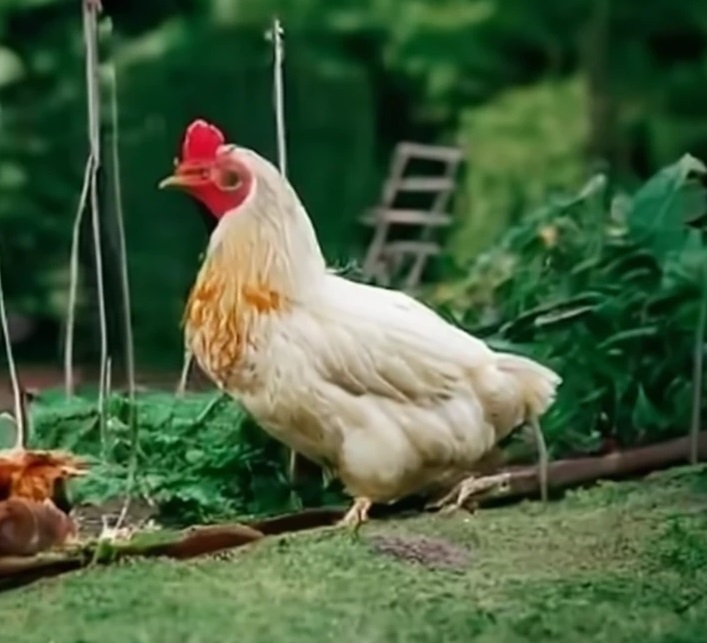I would prefer not to drive. I’ve been walking about a ¼ mile to release them. Is that far enough?
It might not be quite as futile, but this feels like asking how far you need to throw starfish into the ocean to stop them from washing back up on shore :P
Starfish are easy, you just wing’em like a ninja star.
With some duct tape and a little imagination you can do the same with mice
I like you. You should have a beer.
You’re just exporting your pest problem to someone else’s back yard.
I mean, in theory, a quarter mile is enough that they’ll either die, get killed, or otherwise not make it back to the same place.
But, being real, releasing mice is just a bad idea all around. They really aren’t good at being moved like that. They tend to be “lost” in the new area, and that’s just a slow death unless the site is super abundant in resources for them. If the site is abundant, then you’re dumping them into a place with a lot of competition, which is going to end up with something dead. Or, the little buggers just find a different human territory to move to, which is just putting the decision onto someone else.
It really is better to either live trap and kill humanely, or use kill traps. A quick death is better than the kind of death they’ll face in a new place. And, dumping them disturbs that location’s environmental balance, so it isn’t like you’re keeping things natural.
There’s just not a win/win with mice. There’s no way to control them without causing problems somewhere. The best option is to prevent them getting into anything you don’t want them in. Which ain’t easy, but it’s the least problematic solution overall.
We don’t paractice catch and release (barn cat) but what we did before was to remove any environment or access that would become a home for the mice/rodents. Meaning, plug up any holes with steel wool/chicken wire, fix any broken siding, use expandable foam to fill gaps, make sure any food is removed or secured away from the ground. Metal flashing is helpful too. Clearing vegetation 100ft radius from your home, sheds, storage will greatly reduce unwanted vermin as well as create a defensible space in case of fires. That being said, if you are relocating animals of any kind you are probably giving them a death sentence anyway.
I maintain an old cottage in the wilderness I’ve had for several years. When I got it, it was completely overrun with mice … it was in that sweet spot of decay between being an animal sanctuary and rotten mass. Since then I’ve had to work hard at restoring what I could and defending what I had left.
I’ve live trapped, death trapped, stomped, killed, purposefully and accidentally killed lots of mice. I’m pacifist and an environmentalist … I’m Indigenous and I’ve hunted before in my life but I don’t like killing animals of any size unless I have to or if it’s something I’m going to eat because I need to. But in order to control the mice, I’ve had to kill lots.
It’s been about ten years now and I’ve controlled the mice problem. Honestly it took about a year to control the majority and about two or three years to completely move them out … but it’s an ongoing battle … it’s just vigilance. And animals thrive and die in cycles (at least in my area in Northern Ontario) … my hunter father used to tell us it was about seven or eight lean years and seven or eight years of plenty … with peaks that appear every seven to eight years where animals, especially mice just explode everywhere.
Keep everything clean and clear, plug up holes and keep an eye out for everything.
At least once a year, move everything … I mean disturb everything … everything. Reorganize your garage, shed, outhouse, out buildings. Take out everything from storage, any storage … check it over, throw out stuff you don’t need, clean the space and put everything back. Do this inside your house as well outside … do it for closests, drawers, dressers, kitchen cabinets, etc. Do the same for anything sitting on your property … old vehicles, old sheds, log piles, junk piles, rock piles … everything, at least turn it over to see if anything is there. Check out as much as possible any nooks and crannies … under sheds, crawl spaces, gaps in buildings, under log piles. Do all this at least once a year.
The more you search, the more you disturb, the more you make in uncomfortable for animals and insects to make it a home.
When you leave spaces or storage alone long enough and never move anything, eventually something will make a home there and you’ll never know until you lift up something or move it aside. The more you disturb the homes of animals, the less likely they’ll stick around and the less likely they’ll return. I find that it takes about a year or two of not disturbing anything that an animal like a mouse will return. The longer you leave an area unmonitored, the more likely something will find their way there and settle in.
This is the balanced approach. It’s a lot of work, but it’s the only way. Mice can spread disease through droppings. We live in an RV at present and that would be impossible using pest relocation. We’re the coolest patch of shade and water for miles, we’re Caesar’s Palace. Caesar must be ruthless. SPQR. :)
*SPQRV … Senatus Populusque Recreational Vehiculum
Damn straight, my vir.
I just wanted to say thank you for having the most insightful response in the thread.
I spent most of my day today moving everything around outside my home.
I’m pacifist and an environmentalist.
I like to think of myself the same.
I’ve live trapped, death trapped, stomped, killed, purposefully and accidentally killed lots of mice.
And I’ve had to do the same here. It sucks… the place I live currently is incredibly remote and it’s a constant battle keeping critters out of my home. It’s wonderful to be able to be surrounded by so much natural beauty, but it gets infuriating when it’s within my space. And this year seems to be the worst since I’ve lived here.
I’ll spend more time in the next couple weeks before the cold rain and snow hits patching up holes and moving things around. Thanks again for your insight!
Check the rules where you live. Where I live it’s illegal to move any trapped animal more than 1km without a permit.
Looking online, there’s some disagreement. Some places say you need to go to miles to prevent them from returning. Other places say if you go more than 100 yards they’ll probably die because they don’t know where to find food or shelter, so they suggest making sure the ways they got into your house are sealed up.
If it were me, I think it would depend more on the area you live in. In you’re in an urban environment, it doesn’t make sense to me to release them locally - your just be causing problems for someone else. In that case, is probably drive far enough that there were open spaces for them to live in. If you live where there’s lots of open spaces, I’d probably just go far enough where your house isn’t the most attractive place. From what I’m reading, they don’t tend to roam far from where they make their burrow if there’s food.
Not saying you would be down for this, but my grandpa used to cover the trap with a tarp, back his truck up to the trap, and put a flexible downpout pipe over his exhaust and ubder the tarp. Idle the truck for 5 minutes and the mice are all dead from carbon monoxide poisoning. I imagine it would still work with a car might just take longer. He’d then chuck the mice into the treeline to feed the local foxes and stuff. No chance of them coming back and giving to nature to bump up the local mice predator population
The city tilled over an abandoned field a few years ago and we had a literal plague of mice. For the next 6-8 months we had 3 or 4 foxes and a coyote make almost nightly passes. It’s surprising how quickly they catch on that there is free food in the area.
The last two years weve jad foxes having babys in the neighbors yard (fairly rural here) and since theyve moved in, all of the rabbits and squirrels have dissapeared.
They needed some rat terriers behind the till lol
Are they getting into a building or just being a nuisance outdoors? You’ll have better luck sealing up a building than you will convincing mice to stay away by choice.








